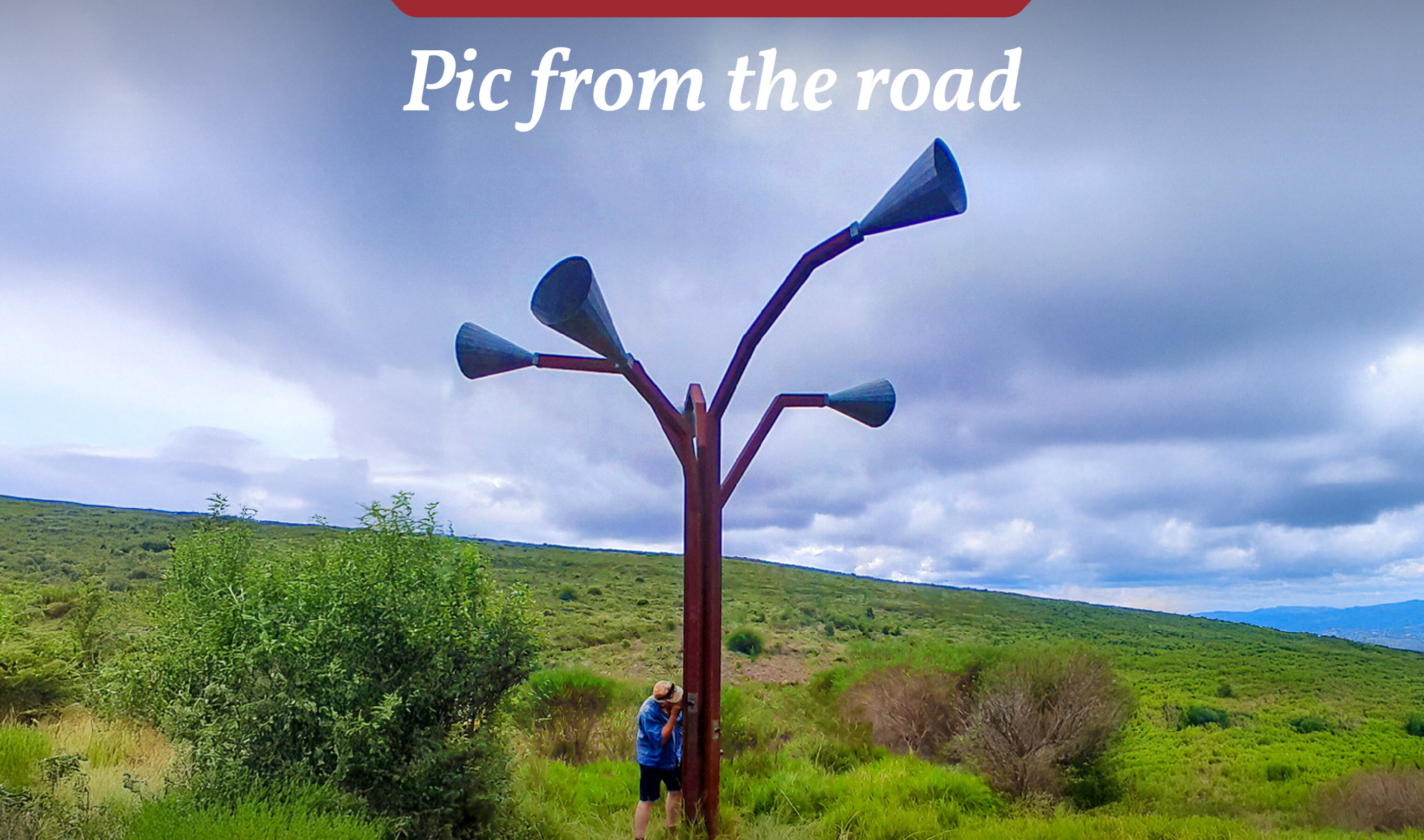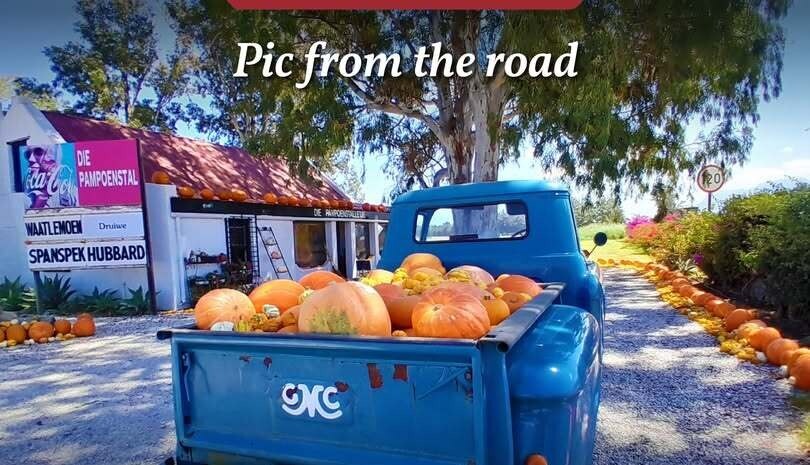Lush indigenous forest, fringed by a golden sliver of beach and snuggled between vegetated hills, and a true-blue Indian Ocean give this seaside town on South Africa’s well-named Garden Route an appealing natural charm. You feel its magic as soon as you pass through the Kaaimans River gorge and lay eyes on the quaint town with its artsy character and many eateries.
‘And into the forest I go to lose my mind and find my soul,’ wrote American naturalist, John Muir, and in this part of the world that’s exactly what’s on the menu – soul food. If you happen to pop into the tourist office, Lindi will give the highlights of the town that is set around the honey-coloured Touw River. And these include paddling, hiking in the forest, bird-watching, viewing the Map of Africa on Remskoen Road (where from the viewpoint the meandering Kaaimans River gorge resembles the shape of Africa), and visiting the Woodville Big Tree.

This is the emerald area where time stops and nature takes over. The bright red wings of Knysna turacos flash in red bursts as they flit between the trees, frogs chirp, birds sing, a breeze rustles the leaves and you feel yourself taking in big gulps of air. It does that to you.
We were happy travellers as we camped on the riverbank at the SanParks Ebb&Flow restcamp surrounded by trees and river; took a drive to visit the 800-year-old Outeniqua yellowwood, 33 metres high and two metres wide; and ate lunch at the Hoekwil Country Café (aka Koekwil) that serves eight varieties of cheesecake and boasts that in 2022 they reached record sales when they sold 23 730 slices of cake. Later we bought odds and ends at the Woodville Trading Store, which offers inspirational quotes, freshly-baked fruit cake, melktert, pies, their own preserves and as their sign outside declares – ‘Used and amused books, pre-loved clothes and ander mense se kak’. “You need to go into the forest to breathe and to ground yourself,” owners Allan and Carole told us, with a twinkle in their eye. As the town emerged and disappeared into the mist intermittently and a refreshing rainshower anointed the forest, the magic cascaded around us tumbling softly down with the big raindrops. Who couldn’t be entranced?
Our last stop the next morning was to hobby historian Hugo Leggatt, who has recently written the definitive book on the town: ‘Wilderness, Gateway to the Garden Route’. Hugo related the fascinating story of Wilderness and how it acquired its unusual, but apt name. The area was virtually unknown, except to early hunter-gatherers, until the 1860s. The Outeniqua Mountains, Kaaimans Gorge and the soft sea sand kept the ox-wagons away until road-builder Thomas Bain and his brother-in-law Adam de Smidt arrived to improve the roads in the area. The old George to Knysna Road, now known as the Seven Passes Road, opened the way for horse-drawn carts.
This would have been the route that George and Henrietta Bennett travelled in 1877 when they came to look at the farm they had purchased in Touwsmond or Lower Barbierskraal, as the area was then known. The couple had a dramatic but romantic meeting when in 1874 George was riding out one evening when he noticed that Henrietta’s horse had bolted. He managed to catch up with her and take the horse under control. They became friends, got engaged and were married by the end of 1875. They travelled to England, but decided to return to the Cape in 1877 and bought a piece of land. When they arrived over the hills and looked at their farm, Henrietta exclaimed ‘Oh, what a wilderness!” And they named their farm ‘The Wilderness’.

The story unfortunately had a tragic twist of fate. George died young after an overdose of chloral hydrate (a painkiller commonly used by dentists at the time), leaving his young wife, a son and twin daughters. George’s cousins, Benedict Jones and Robert Bennett, were executors of the will and arrived at the farm to sort out his estate. Eighteen months later Henrietta married Benedict in Cheshire, leaving her two brothers Edward and Leopold Melvill as trustees of the land.
The railway hadn’t as yet reached the southern Cape and travel was via the hills by horseback or ox-wagon. This changed when the first motor car, a 6½ horsepower Gladiator, arrived in George and made its way to Knysna. When Montagu White (who was Paul Kruger’s consul in London before the Boer War) bought The Wilderness farm in 1905, he built a road from the Old Knysna Road called Whites Road and transformed the old farmhouse into a guest farm, attracting holidaymakers.

Monty White also had a tragic ending when he died from mushroom poisoning. The Wilderness Estate company was liquidated and later ‘The Wilderness (1921) Ltd’ with several shareholders was founded. Over time it became a residential estate. The guest farm, which is now the site of the present-day Wilderness Hotel, became a hotel with a shop.
Even with the Old Knysna Road running through the hills, the area remained isolated until a road was built in the early 1920s from Woodifield, above Wilderness, to Kaaimans below, providing entry to Wilderness, followed by the construction of the railway. There was still no access through the town until the N2 national road opened in 1952, changing the face and pace of the Garden Route and ushering in a spurt of growth to the small community.
Somewhere along the years the name ‘The Wilderness’ was shortened to ‘Wilderness’. Although time and transport transformed the sleepy settlement into a colourful village, the feeling of awe that Henrietta must have felt when she first laid eyes on the land still lingers in the air. And the forest still dazzles and enchants, buzzing with a strong and healthy elemental energy that holds the whisperings of ancient yellowwoods and moist earth.








.png)

SUBMIT YOUR COMMENT